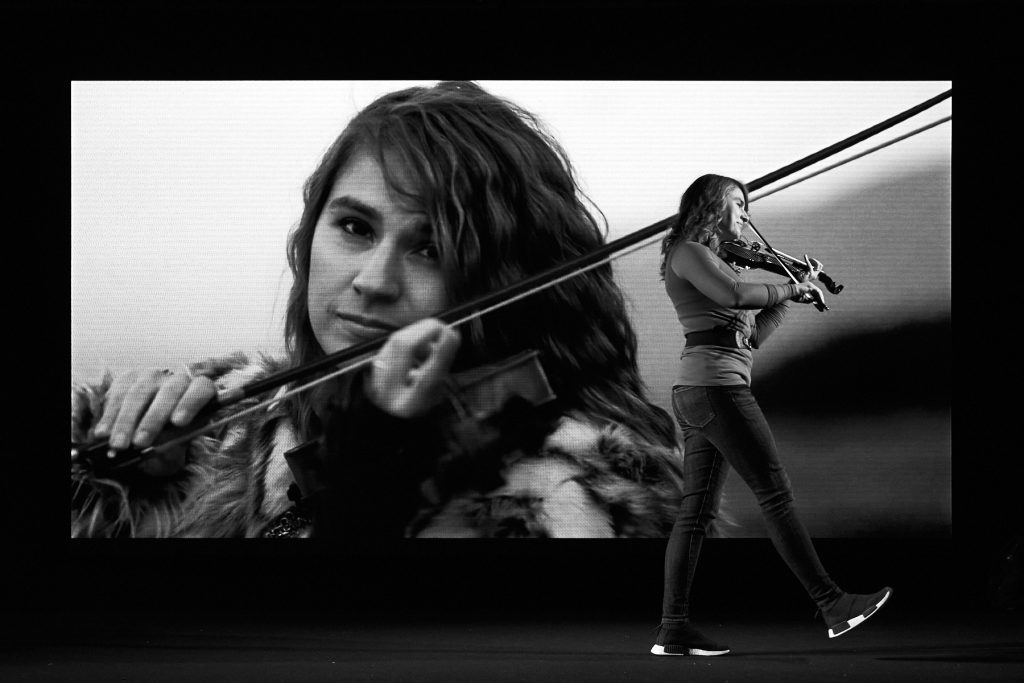
The Olympus OM-D E-M10 Mark IV (hereafter “E-M10 IV”) is considered one of the best “entry-level” cameras. Digital Camera World‘s buying guide titled The best camera for beginners in 2025: perfect cameras for learning photography, which was last updated on 1 July 2025 at the time of writing, lists the E-M10 IV as being the best “entry-level” camera for features. But what exactly makes a camera “entry-level” as opposed to “professional”? I have had photographs published which were taken using all sorts of cameras and sensor sizes; an iPhone 11, Nikon’s APS-C D5100, Nikon’s full-frame D800E, Sony’s full-frame A7, A7 III, and A7R IV, Leica’s full-frame M10-R, and the OM System OM-1 Mark II. But if you asked me whether these cameras are “pro” cameras, I am not sure I could give a definitive answer. A camera is just a camera, right?

Nikon D5100, Tamron SP AF 28-75mm f/2.8.
ISO 1600, 1/200, f/5.6.
So just out of curiosity, I decided to pick up an E-M10 IV (affiliate link) with the 14-42 mm f/3.5-5.6 EZ pancake kit lens (affiliate link) to see what being “entry-level” actually means in terms of usability or image quality. Even before getting into performance, one major difference stands out between “pro” and “entry-level” gear: the price. The OM-1 II with the 12-40 mm f/2.8 Pro II lens as a kit (affiliate link) is currently on sale on the OM System website for £2,599 (affiliate link). The E-M10 IV with the 14-42 mm f/3.5–5.6 EZ pancake lens, by contrast, is priced at £749 at the time of writing. That is a staggering £1,850 difference for the kit. Body-only prices come in at £2,149 for the OM-1 II and £649 for the E-M10 IV – a difference of £1,500.
I also grabbed myself the OM System 75-300 mm f/4.8-6.7 II telephoto lens (affiliate link) as I wanted to see what a “cheap” telephoto, albeit with quite the reach on paper, would be like since I wanted to photograph squirrels in London. The OM System 75-300 mm f/4.8-6.7 II is on sale on the OM System website for £539 at the time of writing. The OM System 300 mm f/4 Pro (affiliate link) is on sale on the OM System website for £2,299 at the time of writing. This is a price difference of £1,760.
What am I getting more with my OM-1 II vs my E-M10 IV with the price difference of £1,850 if buying the two cameras as a kit, or £1,500 if buying the bodies only, in terms of features that I actually use? So far, I can only think of six features which I have taken advantage of in the OM-1 II which is not in the E-M10 IV: IP53 rating, backside illuminated stacked sensor, phase detect autofocus, better image stabilisation, animal detect for autofocus, and starry sky autofocus. Are these six things worth the £1,500 difference in the price of the camera bodies? Could I have lived with the OM-5 instead which comes in at £1,099 – under half the price of the OM-1 – which has most of these features apart from the BSI stacked sensor?
To find out, I took both the OM-1 II and the E-M10 IV out for a spin to see what practical differences I could discern from the user experience photographing squirrels in London’s St James’s Park. My weapons of choice were the OM-1 II mounted with the 12-40 mm f/2.8 Pro II zoom lens versus the E-M10 IV mounted with the 75-300 mm f/4.8-6.7 II telephoto lens.
In terms of the user experience, I did not particularly find one camera necessarily more comfortable over the other. Sure, the OM-1 II has a bigger grip, but the E-M10 IV was also quite nice to hold – probably due to the fact that even with the bigger reach, it was still the lighter combination. The OM-1 II with the 12-40 mm f/2.8 Pro II weighs in at 981 g whilst the E-M10 IV with the 75-300 mm f/4.8-6.7 II weighs in at 806 g.
What I did miss when shooting with the E-M10 IV is the autofocus system of the OM-1 II. The phase detect autofocus, as well as the animal autofocus. It was not that the E-M10 IV was not able to give me good focus on the squirrels I was trying to take photos of, but it noticeably hunted more, especially in continuous autofocus. It resulted in more misses, sure, but it did not mean I could not get the shot which I wanted. I just had to be a bit more shutter happy in order to snap more shots to hopefully get more keepers.
Admittedly, there are just some kinds of shot I probably would have really struggled to get with the E-M10 IV which I might have done with the OM-1 II, for example photos of the squirrels running around, or even bird in flight. I am not saying it is not entirely possible, but it would just be more difficult without all the computational power behind the OM-1 II.
In terms of image quality, I am not sure I really see a difference, even when taking into account the OM-1 II had a Pro lens mounted on it whereas the E-M10 IV had the more budget friendly 75-300 mm f/4.8-6.7 II lens mounted on it. Sure, the 75-300 mm is not exactly the fastest lens, and I would have been able to increase the shutter speed or decrease the ISO if I were shooting with the OM System 300 mm f/4 Pro, but I would have been sacrificing the flexibility of the zoom capabilities of the 75-300 mm, not to mention the difference in size and weight. The 300 mm f/4 Pro weighs in at 1,270 g, whereas the 75-300 mm only weighs in at 423 g.




Two of these squirrel shots was taken with the “pro” OM System OM-1 Mark II and the other two with the “entry-level” Olympus OM-D E-M10 Mark IV. But which was shot with what camera? Could you tell the difference before seeing the EXIF data?
After spending a few days shooting squirrels with the “entry-level” E-M10 IV, I decided to take a gamble and bring the E-M10 IV with the 75-300 mm f/4.8-6.7 II with me to use as my main camera to photograph the Lionesses’ open-top bus victory parade after winning Euro 2025. I did also have the OM-1 II with me – just in case – but the OM-1 II did not even come out of my bag. Finding a spot on the steps leading from the Duke of York Column to The Mall, I got a few solid shots that are now ready for editorial use.
So, back to the original question: what does “entry-level” actually mean? I am still not sure. Yes, “entry-level” gear has fewer features, but if you understand your kit’s limitations and know how to work around them, you can absolutely use it for professional purposes.



